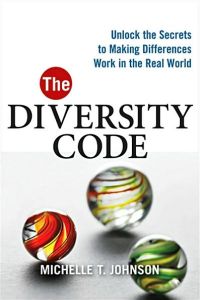
Recommendation
Author Michelle T. Johnson promises not to “sugarcoat diversity,” and she delivers. Johnson – shocking, funny, smart and insightful – has worked as a diversity consultant and employment attorney, and has reflected on her own life and career. She spares no one from her sharp observations, and that’s one of her book’s primary strengths. According to Johnson, you can be in the minority at your workplace and still be part of the problem; you can be in the majority and still exhibit diversity; and you can be a boss who helps or a boss who hinders. Although each of the book’s chapters ends with brief summaries and exercises to help you enact its principles, the text does not offer an easy fix or formula. Johnson leads the reader through the many ways that diversity rubs up against the workplace. She moves from instructive examples to legal implications to hypothetical situations. You might have difficulty translating the book’s ideas into a plan of action, and you might find some of its themes repetitive, but you will be challenged. getAbstract recommends this book, in Johnson’s words, to “leaders as well as regular working stiffs.”
Summary
About the Author
Michelle T. Johnson writes the “Diversity Diva” newspaper column for the Kansas City Star.
Learners who read this summary also read
Related Skills






















Comment on this summary